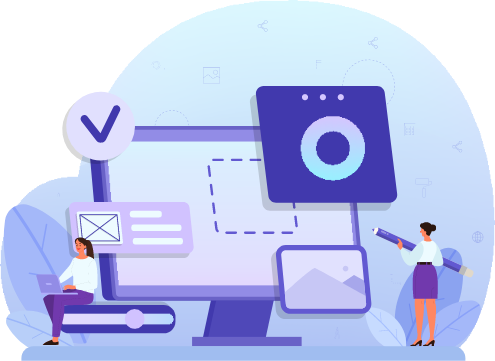Artificial intelligence (AI) stands as a formidable force in the modern workplace, offering a significant boost in efficiency, productivity, and innovation for team members. However, navigating machine learning and potential risks associated with AI is critical for its successful integration into business operations.
It is crucial to develop and implement a set of ethical and transparent “AI engagement protocols” for employees. In the absence of such guidelines, the usage of AI, particularly in relation to business data, can become a grey area. Moreover, without clear directives, employees may hesitate to adopt AI technology, potentially missing out on substantial efficiency gains.
A significant majority, 64%, of companies anticipate AI to bolster productivity levels.
This discussion aims to provide actionable strategies for crafting AI engagement protocols for your team, ensuring you capitalise on AI’s advantages while sidestepping potential drawbacks.
Clarify AI’s Role and Objectives
Prior to introducing AI into your workforce, it is imperative to establish a definitive purpose and goal for its application, ensuring alignment with your broader business objectives and ethical standards.
Conveying this vision to your employees is equally important, clarifying how AI will enhance their work and overall results. Setting clear expectations will help mitigate any misunderstandings or dissatisfaction.
Formulate Ethical Standards and Directives
Given the profound effect AI can have on employees, clientele, partners, and the broader society, maintaining ethical, equitable, transparent, and accountable AI practices is non-negotiable. Crafting a set of ethical standards and directives that resonate with your company’s ethos and adhere to legal requirements is a step in the right direction. Education and monitoring of staff adherence to these principles are also vital.
Engage Stakeholders in Policy Formation
Creating AI engagement protocols should be an inclusive endeavour. Involving key stakeholders, particularly employees, in the policy-making process can provide a multitude of perspectives, leading to more comprehensive and accepted rules. This collaborative method enhances rule quality and promotes a sense of investment and engagement within your team.
Specify Roles and Responsibilities
AI is an aid, not a substitute for human discernment and supervision. Clear demarcation of roles and responsibilities, delineating staff duties in relation to AI systems, is essential. Responsibilities may include:
- Designing
- Developing
- Deploying
- Maintaining
- Auditing
- Updating
Accountability for AI-driven results and impacts should also be defined. Support your team with adequate training and change management resources.
Offer Training and Support
Equip your team with the necessary skills to work effectively with AI through extensive training programs covering AI basics, applications, and interaction protocols. Ongoing support is critical to ensure that employees are confident and proficient in an AI-enhanced work environment.
Prioritise Data Security and Privacy
With AI systems processing extensive data, emphasise strong data security and privacy practices. Communicate the measures taken to protect sensitive data and comply with data protection laws. Establish a solid cybersecurity framework to shield both employee and company data from threats.
Implement a Feedback Mechanism
Establish a channel for collecting employee feedback regarding their AI interactions. This feedback loop is crucial for pinpointing areas for improvement, refining AI protocols, and addressing any issues that surface during implementation. Active engagement with employee feedback is key to nurturing a culture of ongoing enhancement.
Regularly Revise AI Protocols
The dynamic nature of AI necessitates regular reassessment and updating of AI protocols to maintain their relevance and effectiveness, aligning them with your business objectives and ethical considerations. Regular evaluation of AI performance and outcomes is essential to inform necessary adjustments.
Cultivate a Culture of Continuous Learning
Encourage a culture within your organisation that values curiosity and a willingness to learn. Motivate your employees to view AI as a tool for enhancement, not replacement, underscoring that AI is intended to augment their abilities and streamline operations, freeing them to focus on the more strategic and creative elements of their work.
Embrace AI Transformation with Expert Guidance
Leveraging AI can revolutionise your business operations when used thoughtfully and ethically. By following the outlined strategies, you can create a set of AI engagement protocols that will maximise AI’s potential while minimising its risks.
If you’re considering a digital or AI transformation, connect with us for professional guidance and to schedule a discussion.






